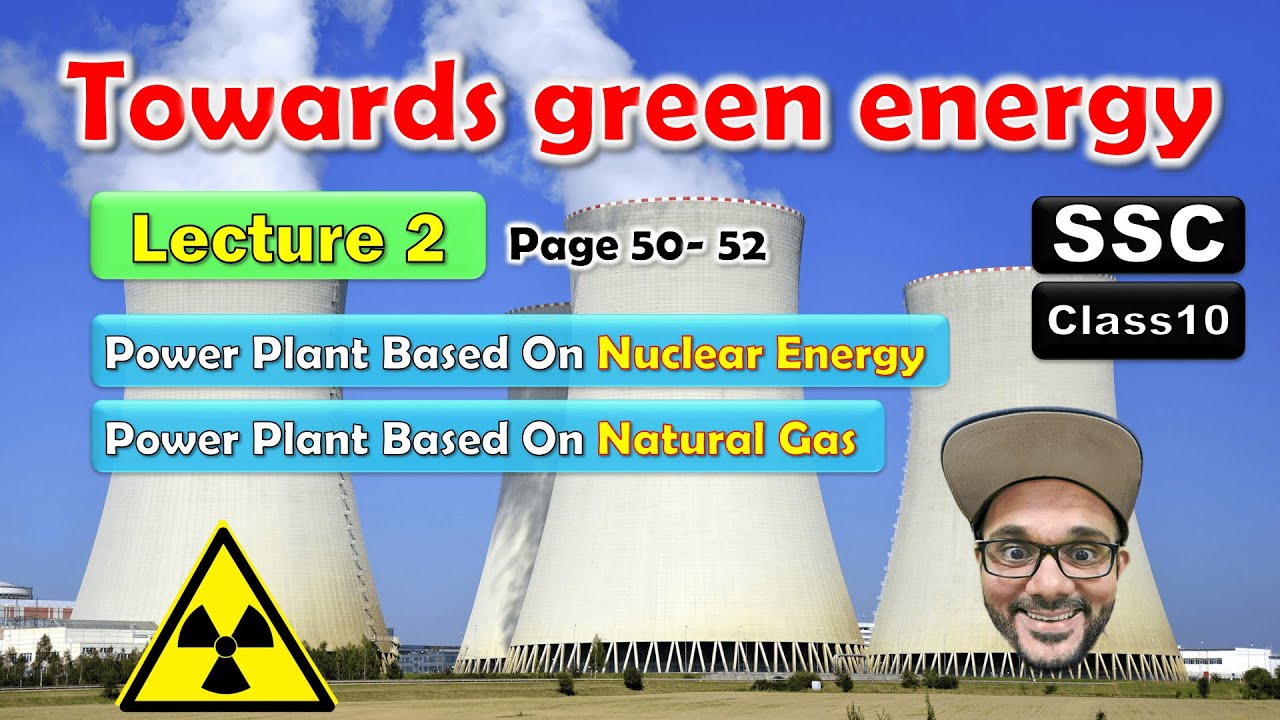
Introduction to Nuclear Power
Nuclear power has emerged as a critical player in the quest for sustainable energy solutions. As the world grapples with the challenges of climate change, energy security, and economic stability, the role of nuclear energy becomes increasingly significant. Unlike fossil fuels, nuclear energy produces minimal greenhouse gas emissions, making it a viable option in the transition towards a low-carbon future.
Understanding Nuclear Energy
What is Nuclear Energy?
Nuclear energy is the energy released during nuclear reactions, primarily through nuclear fission, where the nucleus of an atom splits into smaller parts. This process releases a substantial amount of energy, which can be harnessed to generate electricity.
The Process of Nuclear Power Generation
The generation of nuclear power involves several steps:
- Fuel Preparation: Uranium or plutonium is processed into fuel pellets.
- Nuclear Fission: In a reactor, these fuel pellets undergo fission, releasing heat.
- Heat Transfer: The heat generated is used to produce steam from water.
- Electricity Generation: The steam drives turbines connected to generators, producing electricity.
The Environmental Impact of Nuclear Power
One of the most compelling arguments for the use of nuclear power is its environmental benefits. Unlike coal and natural gas, nuclear power plants emit negligible amounts of carbon dioxide during operation. This characteristic positions nuclear energy as a crucial component in reducing global greenhouse gas emissions.
Low Carbon Emissions
Nuclear power is often hailed as a clean energy source. The operational carbon footprint of nuclear power plants is comparable to that of renewable sources such as wind and solar. This makes nuclear energy an essential ally in meeting international climate goals, such as those outlined in the Paris Agreement.
Waste Management and Safety Concerns
Despite its advantages, nuclear energy is not without challenges. One of the most significant concerns is the management of nuclear waste. The spent fuel from nuclear reactors remains hazardous for thousands of years, necessitating secure storage solutions. Modern advancements in waste recycling and long-term storage technologies are being explored to mitigate these risks.
Nuclear Power and Energy Security
Energy security is a growing concern for many nations, particularly in an era of fluctuating fossil fuel prices and geopolitical tensions. Nuclear power contributes to energy security in several ways:
- Diversification: Incorporating nuclear energy into the energy mix reduces reliance on fossil fuels.
- Stable Base Load Power: Nuclear power plants provide a consistent and reliable source of electricity, essential for meeting base load demand.
- Independence from Imports: Countries with nuclear capabilities can decrease their dependency on imported energy resources.
The Economic Aspects of Nuclear Power
Investing in nuclear energy involves significant capital costs, but it also offers potential long-term economic benefits:
Job Creation
The nuclear industry creates numerous jobs, from construction and operation to research and development. Skilled labor is needed to maintain the high safety standards required in nuclear facilities, leading to a robust job market in this sector.
Cost Competitiveness
While the initial investment for nuclear power plants is high, the operational costs are relatively low. Additionally, nuclear plants have long operational lifespans, often exceeding 40 years, which helps to spread out initial capital costs over a more extended period.
Nuclear Power and Renewable Energy Integration
Nuclear energy is often viewed as complementary to renewable energy sources like solar and wind. Together, they can create a more resilient and sustainable energy system.
Complementary Roles
Renewable energy sources are subject to intermittency, meaning they do not produce electricity consistently throughout the day. Nuclear power can provide the base load energy necessary to ensure a stable supply of electricity, compensating for the variability of renewables.
Technological Innovations
Advancements in nuclear technology, such as Small Modular Reactors (SMRs) and next-generation reactors, promise to enhance the flexibility and efficiency of nuclear power. These innovations can allow for better integration with renewable energy systems and support decentralized energy generation.
Global Perspectives on Nuclear Energy
The role of nuclear power varies significantly across different countries. Some nations are expanding their nuclear fleets, while others are moving away from nuclear energy altogether.
Countries Embracing Nuclear Energy
Countries like France and China are investing heavily in nuclear power. France derives approximately 70% of its electricity from nuclear sources, making it one of the world leaders in nuclear energy utilization. China, on the other hand, is rapidly expanding its nuclear capabilities to meet its growing energy demands and reduce air pollution.
Countries Moving Away from Nuclear Energy
In contrast, countries like Germany have opted to phase out nuclear energy in favor of renewable sources. The Energiewende policy aims to transition the country towards a more sustainable energy system, but the challenge lies in ensuring energy security and maintaining economic competitiveness during this transition.
The Future of Nuclear Power
The future of nuclear power is poised for transformation, driven by technological advancements and evolving societal attitudes towards energy production. Key trends include:
- Advanced Reactor Designs: Development of safer and more efficient reactors, including Generation IV reactors and thorium reactors.
- Public Perception: Increasing awareness and education about the safety and benefits of nuclear energy may shift public opinion in favor of its adoption.
- Policy and Regulation: Supportive governmental policies can facilitate investment in nuclear infrastructure and research.
Conclusion
In summary, nuclear power holds a vital position in the landscape of sustainable energy solutions. Its ability to provide large-scale, low-carbon electricity makes it an essential component in the fight against climate change. As technological innovations continue to emerge, and as global energy needs evolve, nuclear energy will likely play an increasingly prominent role in achieving a sustainable and resilient energy future.
Ultimately, the integration of nuclear power with renewable energy sources offers a pathway towards a balanced and diversified energy portfolio. By addressing the challenges associated with nuclear waste and public perception, society can harness the full potential of this powerful energy source to create a sustainable world for future generations.

